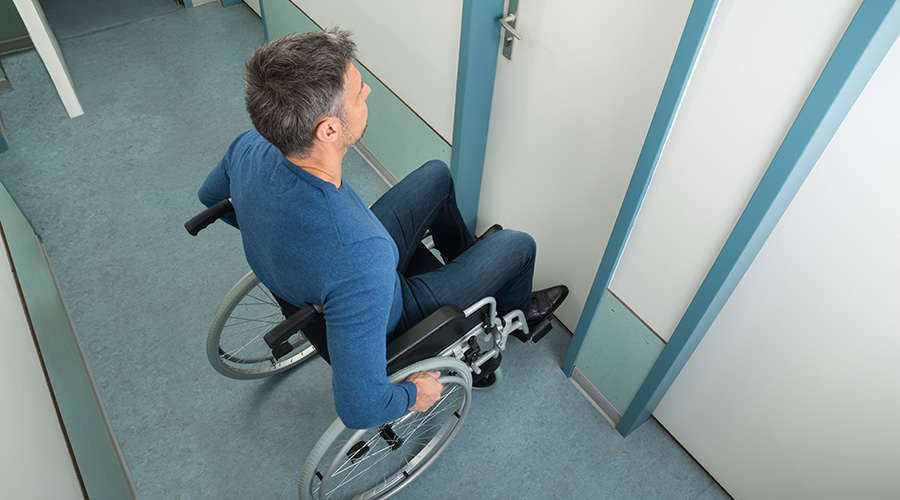New ADA Regulations: Compliance Requires Proactive Approach
OTHER PARTS OF THIS ARTICLEPt. 1: This Page
The issue of accessibility is never too far from the minds of maintenance and engineering managers in institutional and commercial facilities. But mid-March 2011 is among the most important moments related to this issue in the last two decades.
Why? Long-awaited final regulations revising existing laws from the U.S. Department of Justice under the Americans with Disabilities Act (ADA), including its ADA Standards for Accessible Design, became effective March 15, 2011.
Joan Stein, president and CEO of Accessibility Development Associates, presented a session on the impact of the new ADA regulations at the recent NFMT Conference and Expo in Baltimore. Attendees learned about some important provisions of the new regulations, as well as the ongoing need to properly address access to their facilities.
More than Mandates
Stein emphasized ADA is far more than a set of requirements.
"The ADA is a civil rights law and a building code," she said, adding that it continues to have a major impact on facilities 20 years after its enactment. More than 200 private ADA lawsuits are filed monthly in U.S. federal courts nationwide, she said.
How can managers get a sense of whether their facilities present barriers to accessibility? Stein told attendees that if somebody with a disability has to do something that is unequal, such as calling ahead before visiting a facility or going out of their way to gain access, the facility has a problem.
Facilities can resort to several permissible explanations for not complying with the regulations, Stein said. These explanations cover three instances: cases where changes to a facility would be structurally impractical, would alter the basic nature of the operation, or would create financial hardship for the organization.
But she advised managers to tread carefully in one particular situation.
"Don’t say 'financial hardship' unless you are prepared to open your books," Stein said. "They will make you open your books, and it is painful."
Take Control
She also advised managers to be proactive regarding potential accessibility problems because doing so can give facilities better control over the process of making changes.
"If you wait for a complaint to be filed, you will lose control of the process," Stein said, adding the department will tell facilities what to do regarding mandatory changes, as well as when facilities must complete them.
To better understand the importance of removing barriers to accessibilities in and around facilities, Stein said managers need to remember that such changes benefit more than people with disabilities. They benefit people pushing strollers and carrying armfuls of boxes, as well.
"The issue affects all of us," she said. "You just have to get used to it," adding many people one day will have some type of disability.
Finally, she advised managers to find out more about what not to do related to accessibility by visiting www.ada.gov/settlemt.htm and reviewing settlement agreements organizations have made with the department.
Click here for more on the new ADA regulations.
Related Topics:











